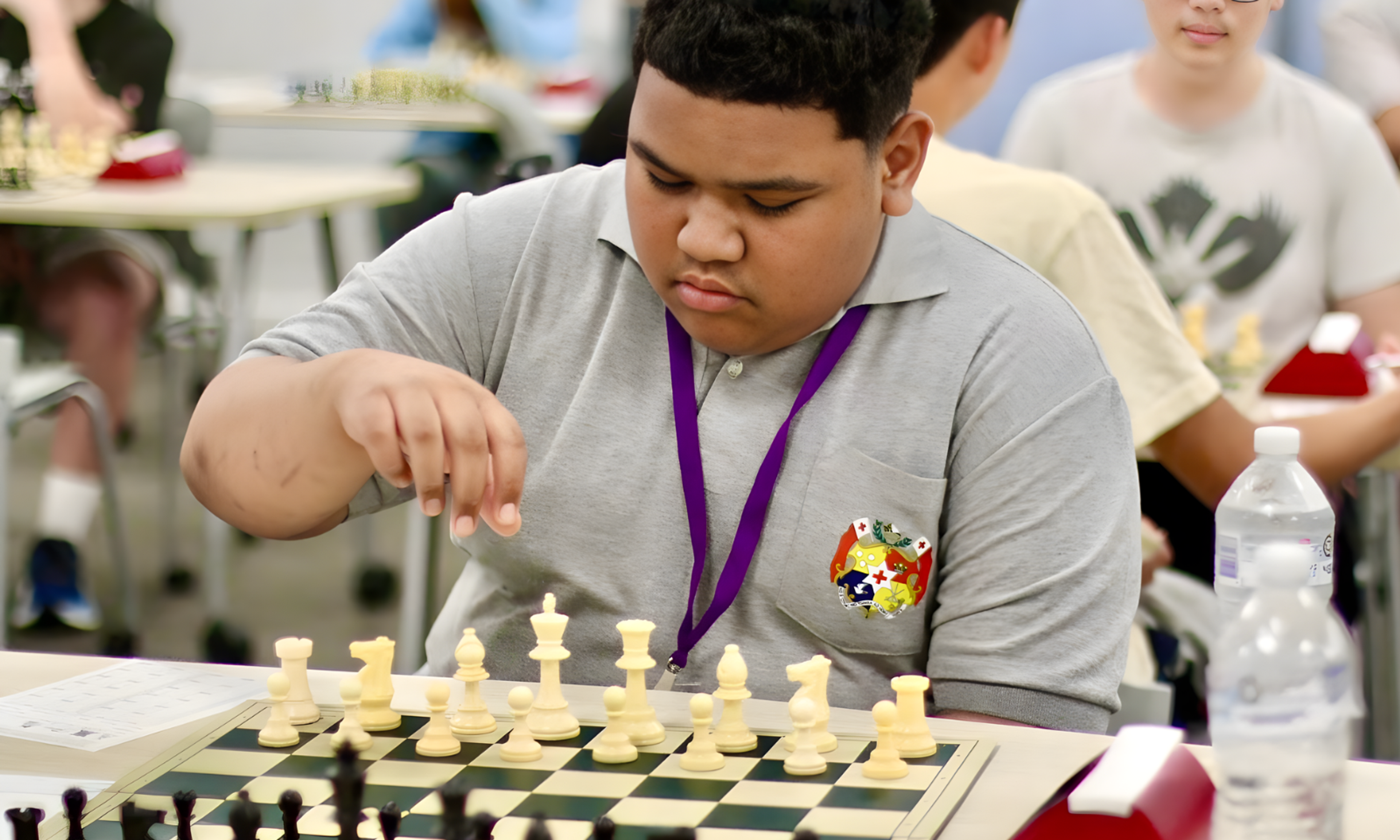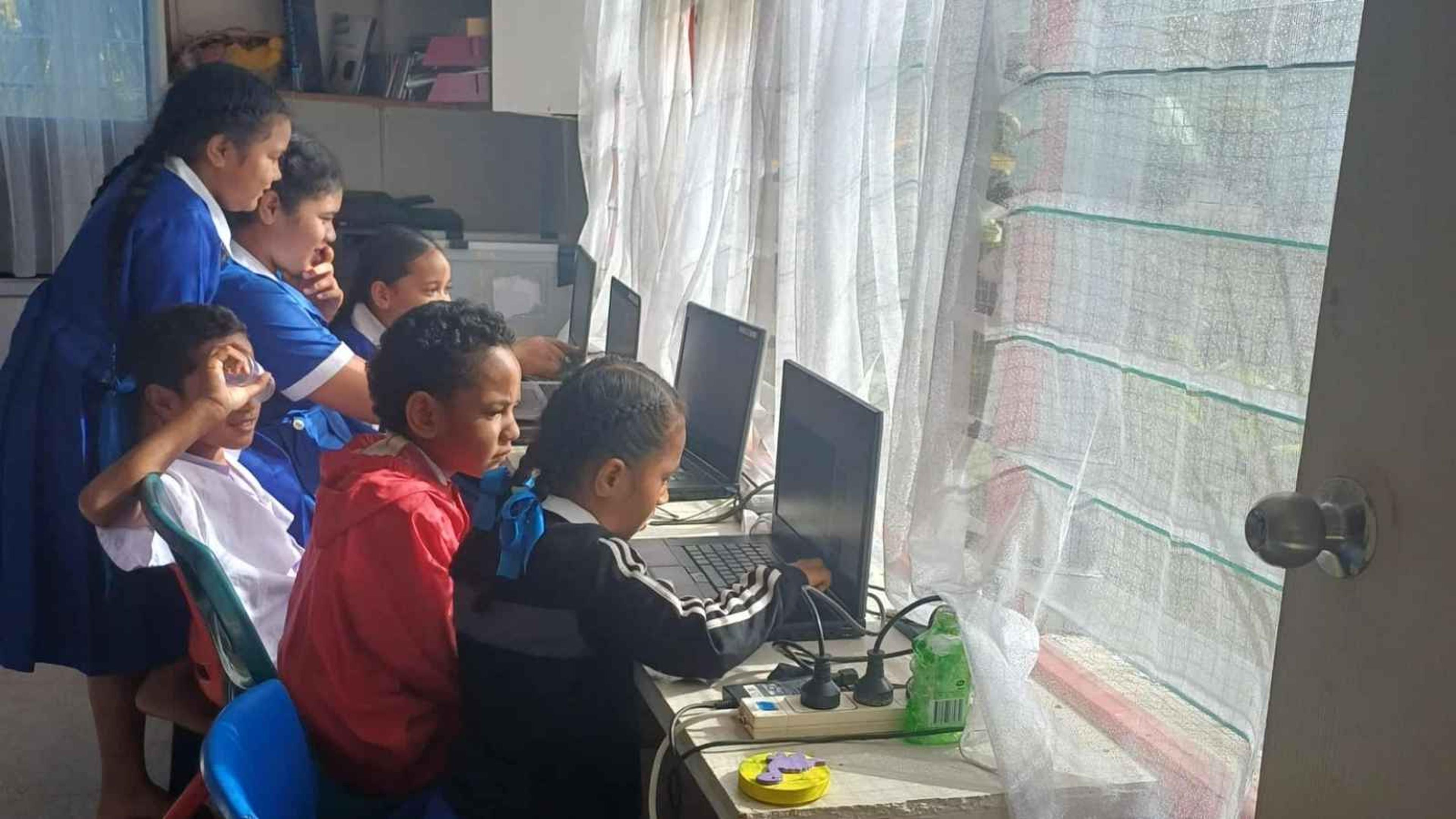

Floating plastic waste in the Great Pacific Garbage Patch, which now hosts hundreds of coastal species normally found near shore.
Photo/The Ocean Cleanup
Pacific Garbage Patch creating 'ocean homes' and threatening marine life, scientists warn
Experts say the massive area of floating plastic between California and Hawai'i is disrupting the ocean ecosystem and call for urgent action.


Tonga makes historic breakthrough at Oceania Youth Chess Championship

‘A Library for the Heart of Tonga’: Building a hub for Nuku’alofa

Mental health targets risk hiding Pacific people in crisis, expert

‘I knew something was wrong’: Pacific children miss out on early hearing support

Tonga makes historic breakthrough at Oceania Youth Chess Championship

‘A Library for the Heart of Tonga’: Building a hub for Nuku’alofa

Mental health targets risk hiding Pacific people in crisis, expert
The Great Pacific Garbage Patch (GPGP) is not just growing, it’s turning the open ocean into a floating city for coastal species, scientists warn.
They say the Patch, a huge area of floating plastic between California and Hawai'i, is changing life in the ocean in ways they did not expect.
Scientists say the Great Pacific Garbage Patch is now so large that coastal species are living on the floating plastic, creating new ocean ecosystems.
Pacific experts and youth leaders have warned that the rubbish crisis is hurting marine life and threatening communities that depend on the sea.
The patch is created by ocean currents that trap plastic in one area. Studies estimate it covers about 1.6 million square kilometres and holds tens of thousands of tonnes of plastic.
Much of it is made up of old fishing nets, ropes and gear, along with bottles, containers and other waste.

A sea turtle entangled in a ghost net. Photo/The Ocean Cleanup/Francis Perez
But the most surprising discovery is that the patch is no longer just a collection of floating rubbish. Researchers have found that marine life is now living on the plastic.
Dr Linsey Haram, a scientist who studies the patch, says her team found nearly 500 species living on the debris. These include small coastal animals that normally only survive near shore.
“When we pulled out a piece of plastic and saw the level of coastal species present, we were just blown away,” she told scientificamerican.com.

Island communities rely on the ocean for food and livelihoods, and experts warn plastic pollution in the Pacific poses serious long-term risks. Photo/britannica.com
“What’s new, the ‘neo’ part of that, is that we now, likely because of plastics, are seeing coastal species and these native pelagic species together, interacting quite frequently on debris. We’re essentially creating new communities in the open ocean.”
Scientists call this a new ocean community because species that normally never meet are now living together in the open sea. This can create new competition for food and space, and may change the ocean ecosystem.
Other experts say the patch also blocks sunlight in the water, harming plankton and algae, which are the start of the ocean food chain. If these tiny organisms are affected, fish, turtles, whales and even people who rely on seafood could be impacted.
From a 2018 study of the Patch, researchers found about 78,000 tonnes of plastic in the patch, and an estimated 1.8 trillion pieces of plastic overall.
Haram, who led a 2019 study about marine life on the GPGP, says, “It was surprising to see how frequent the coastal species were. They were on 70 per cent of the debris that we found.”
Environmental groups say cleaning the patch is possible, but very expensive. The organisation Ocean Cleanup believes it could remove most of the plastic in the next decade, but estimates the cost to be around US$7.5 billion (NZ$13.11b).
Bradley Nolan, a waste adviser at the Secretariat of the Pacific Regional Environment Programme (SPREP), warned that the GPGP remains a “significant problem with no simple solution". That cleanup alone won’t fix the root cause, plastic pollution at source, he adds.
Scientists agree that the Great Pacific Garbage Patch shows how plastic pollution has spread far beyond coastlines.
While clean-ups and new technology can help, experts say the real answer is reducing plastic use, improving waste systems, and changing how we treat the ocean.
Until then, the Pacific will continue to carry the world’s rubbish and marine life will be forced to adapt to a problem humans created.